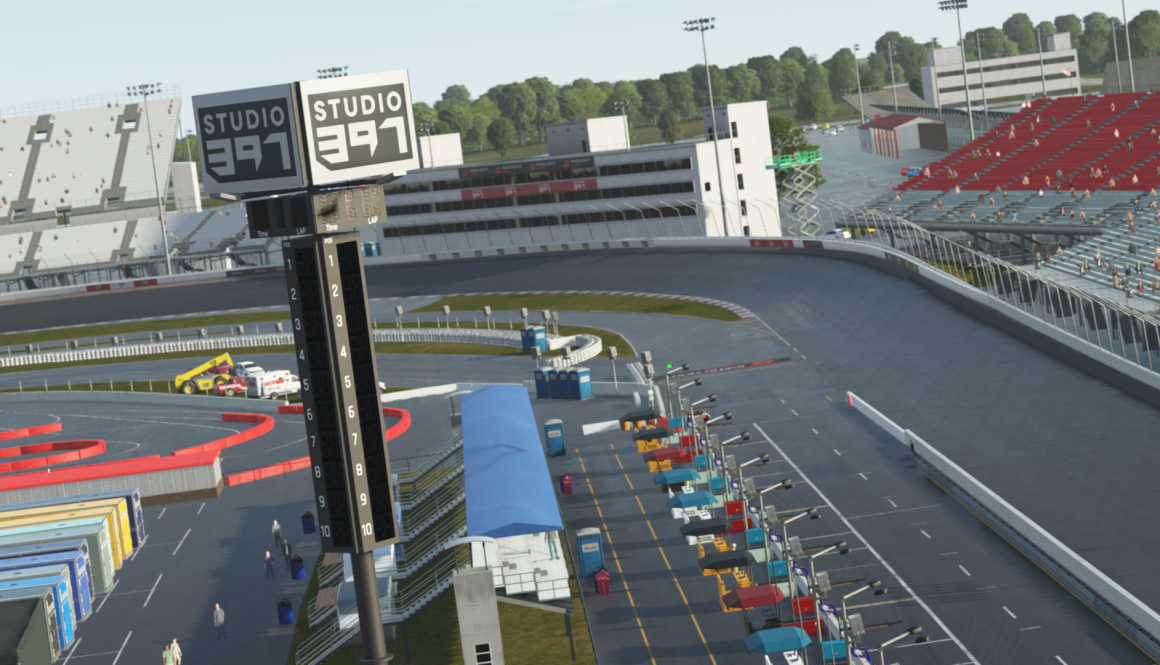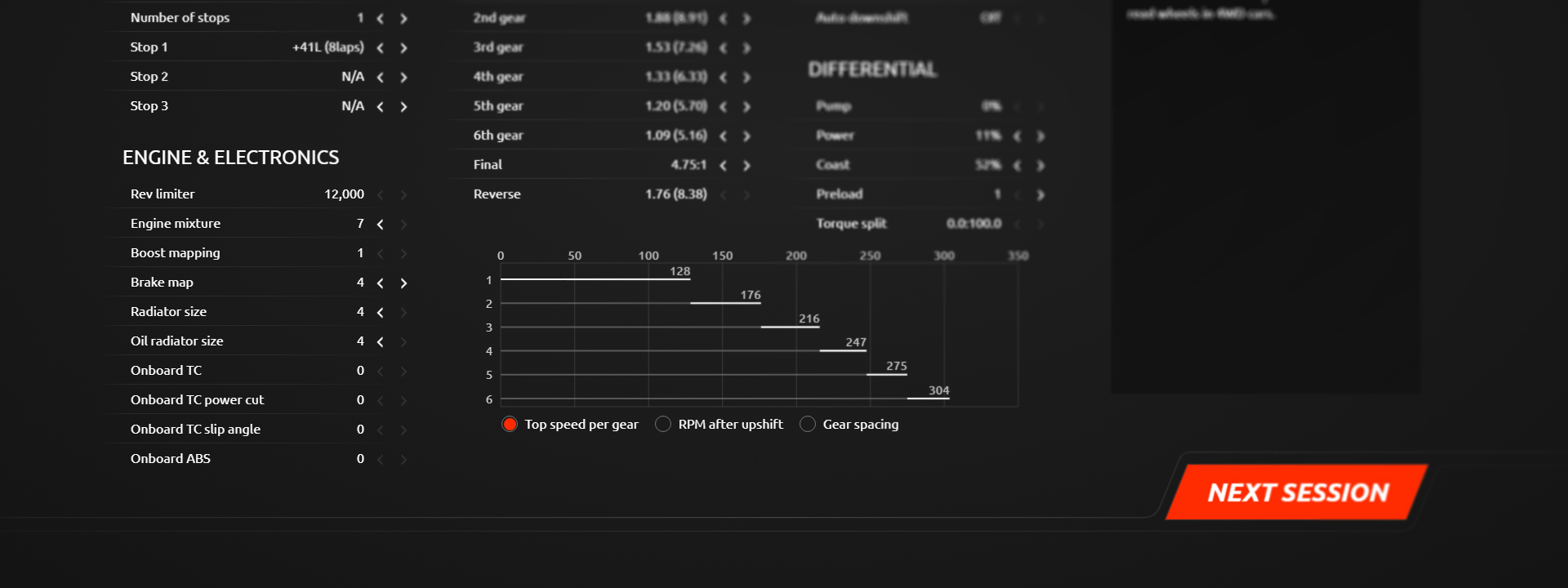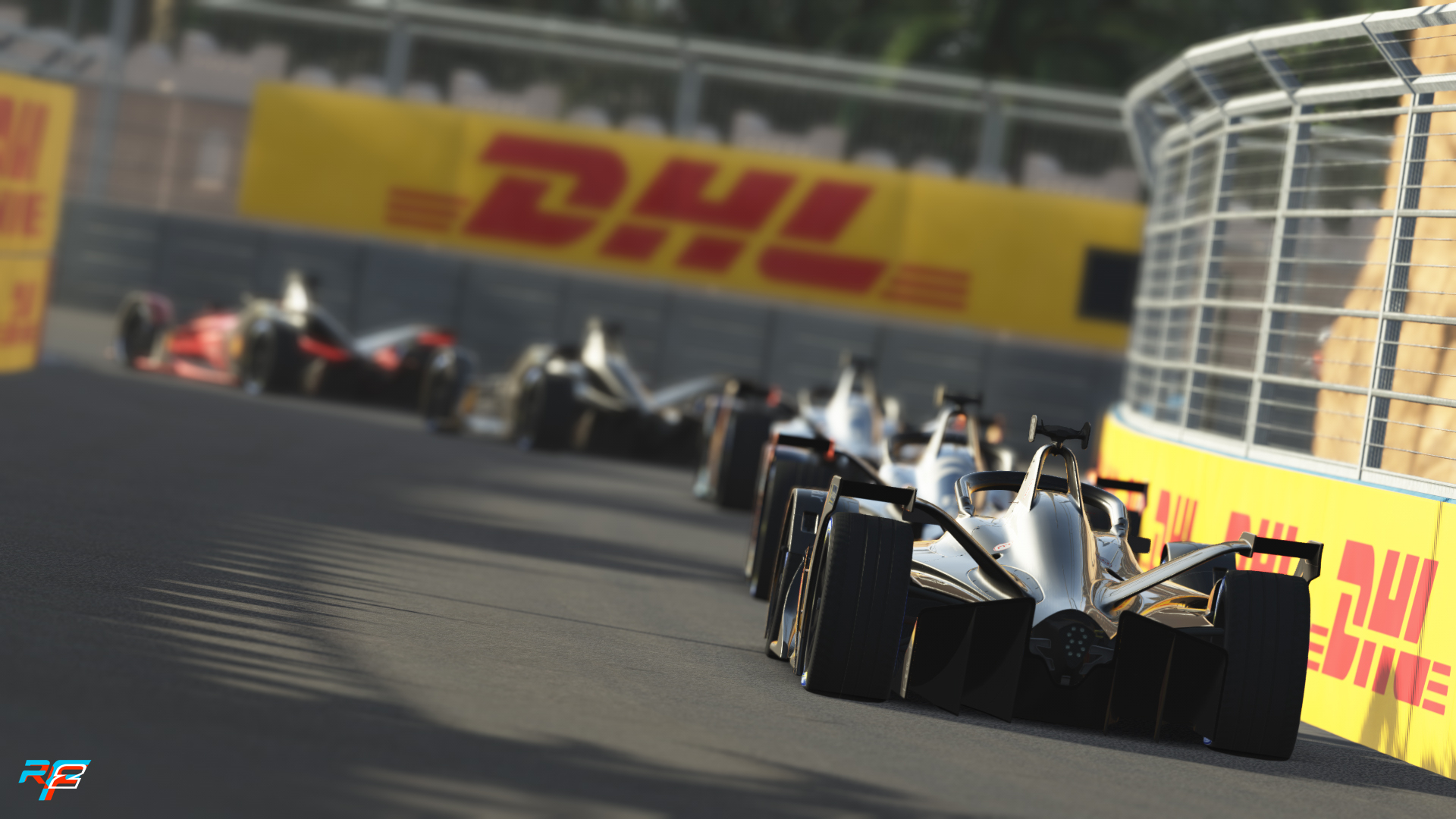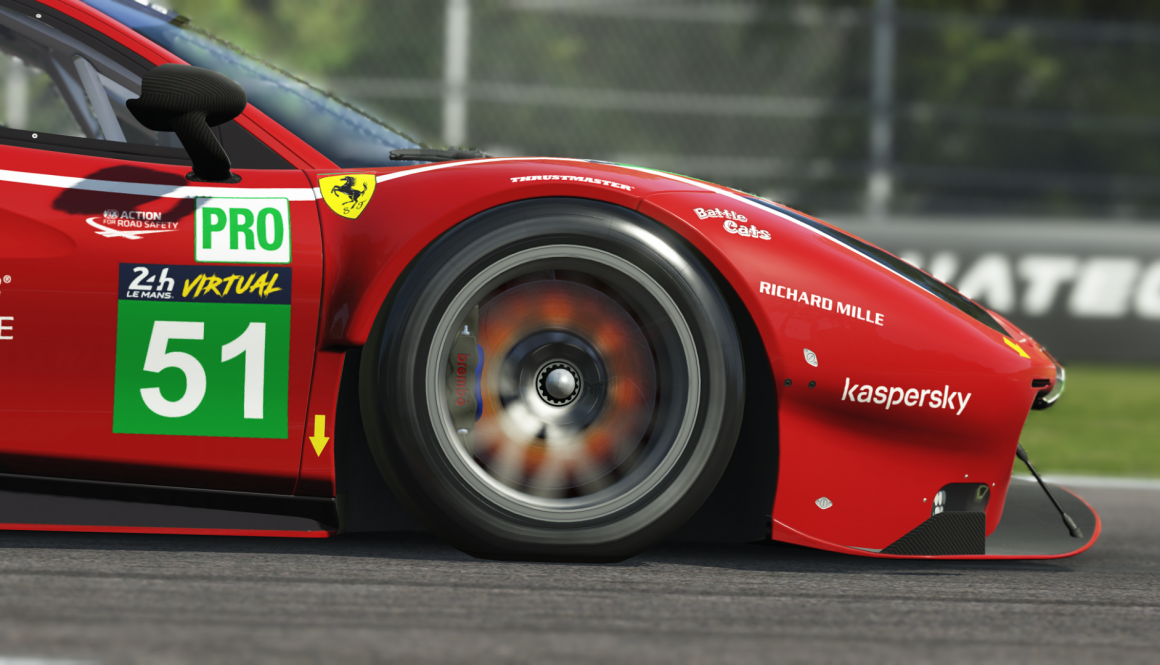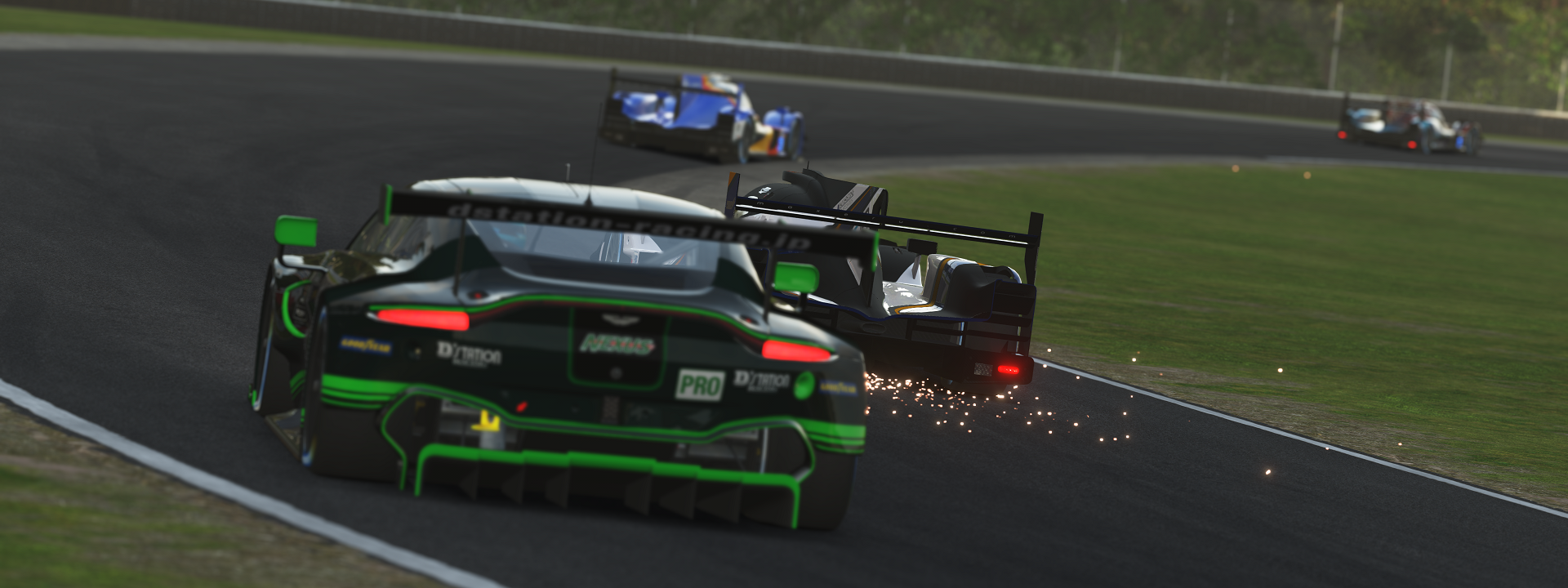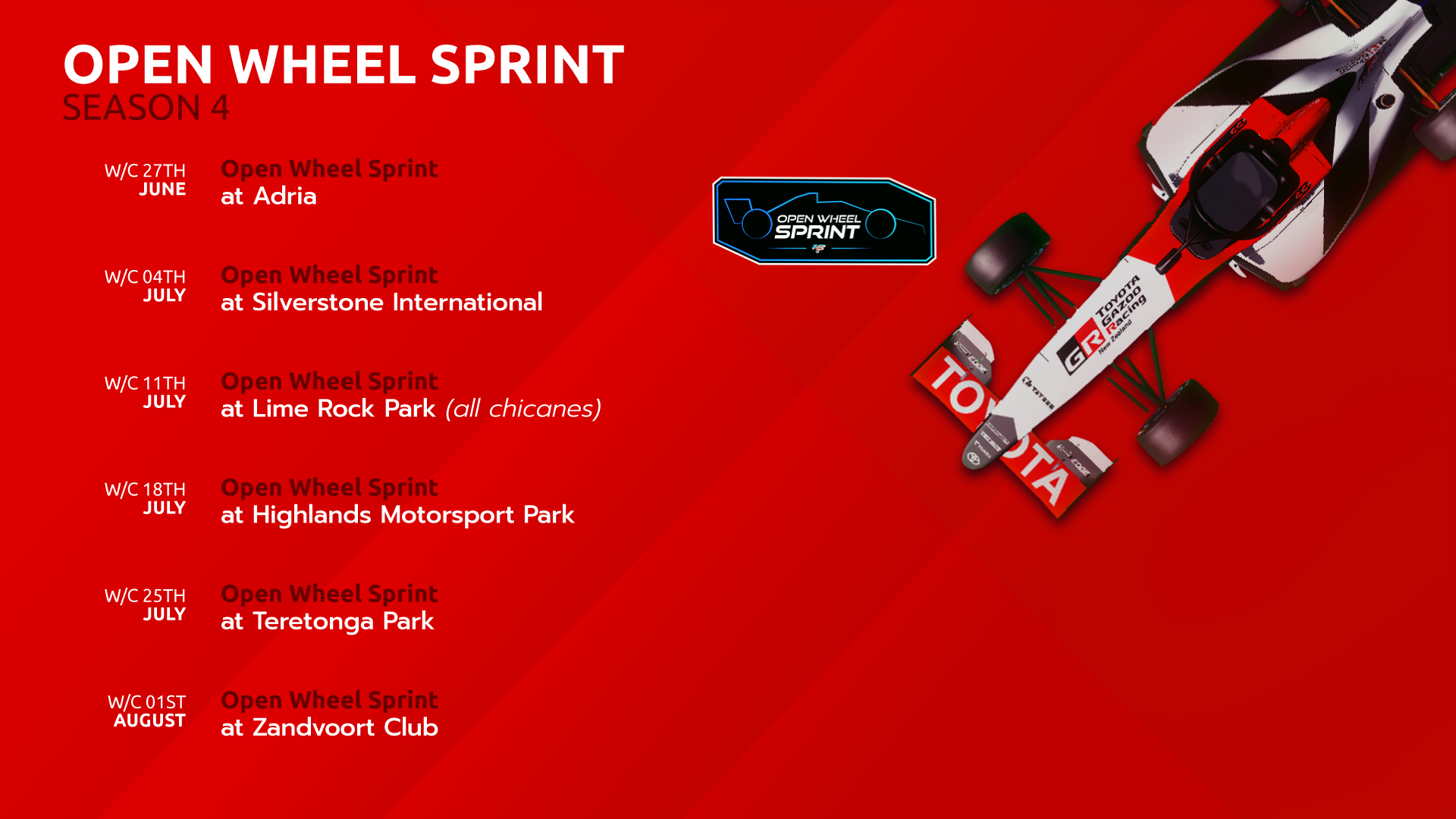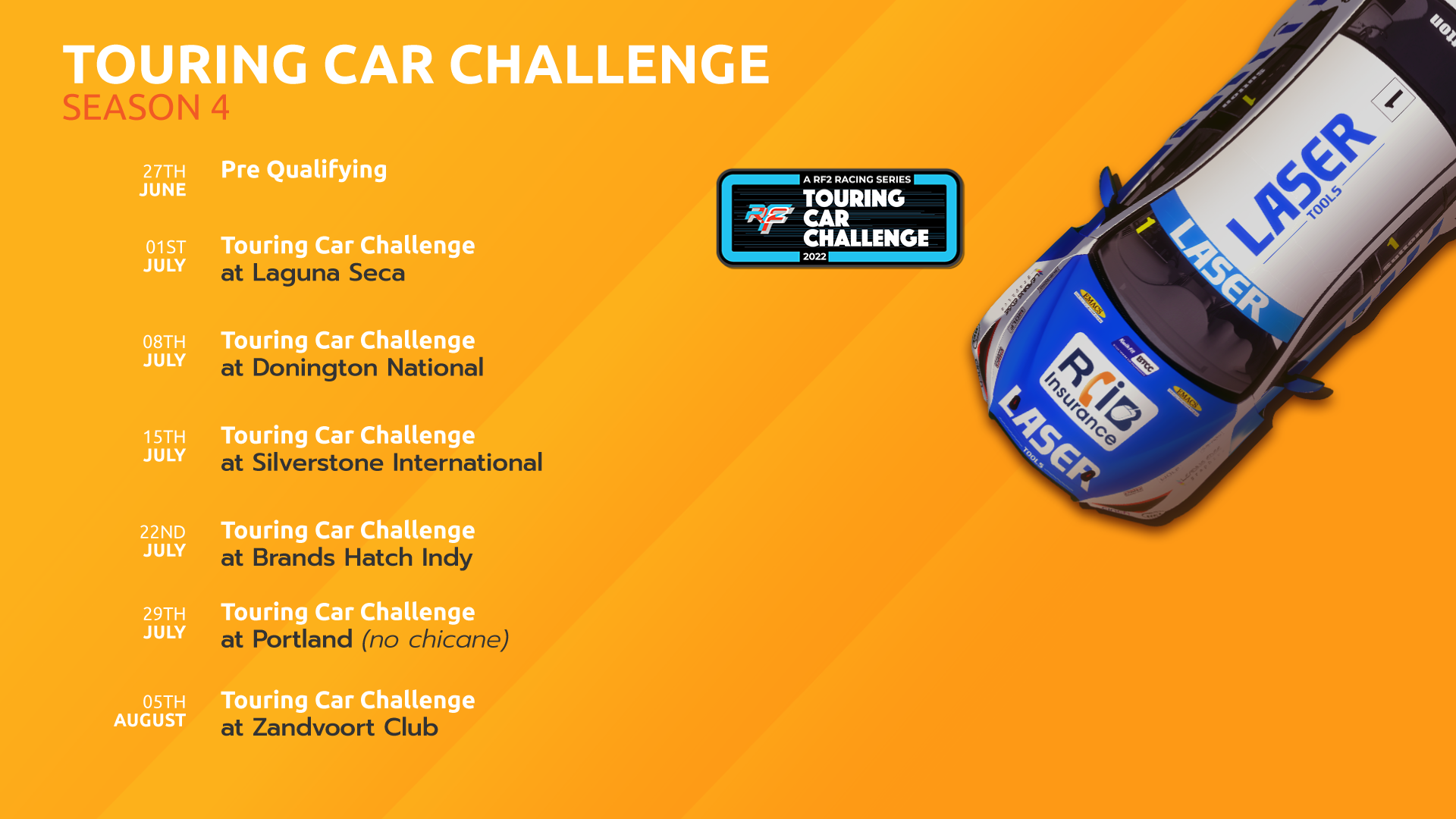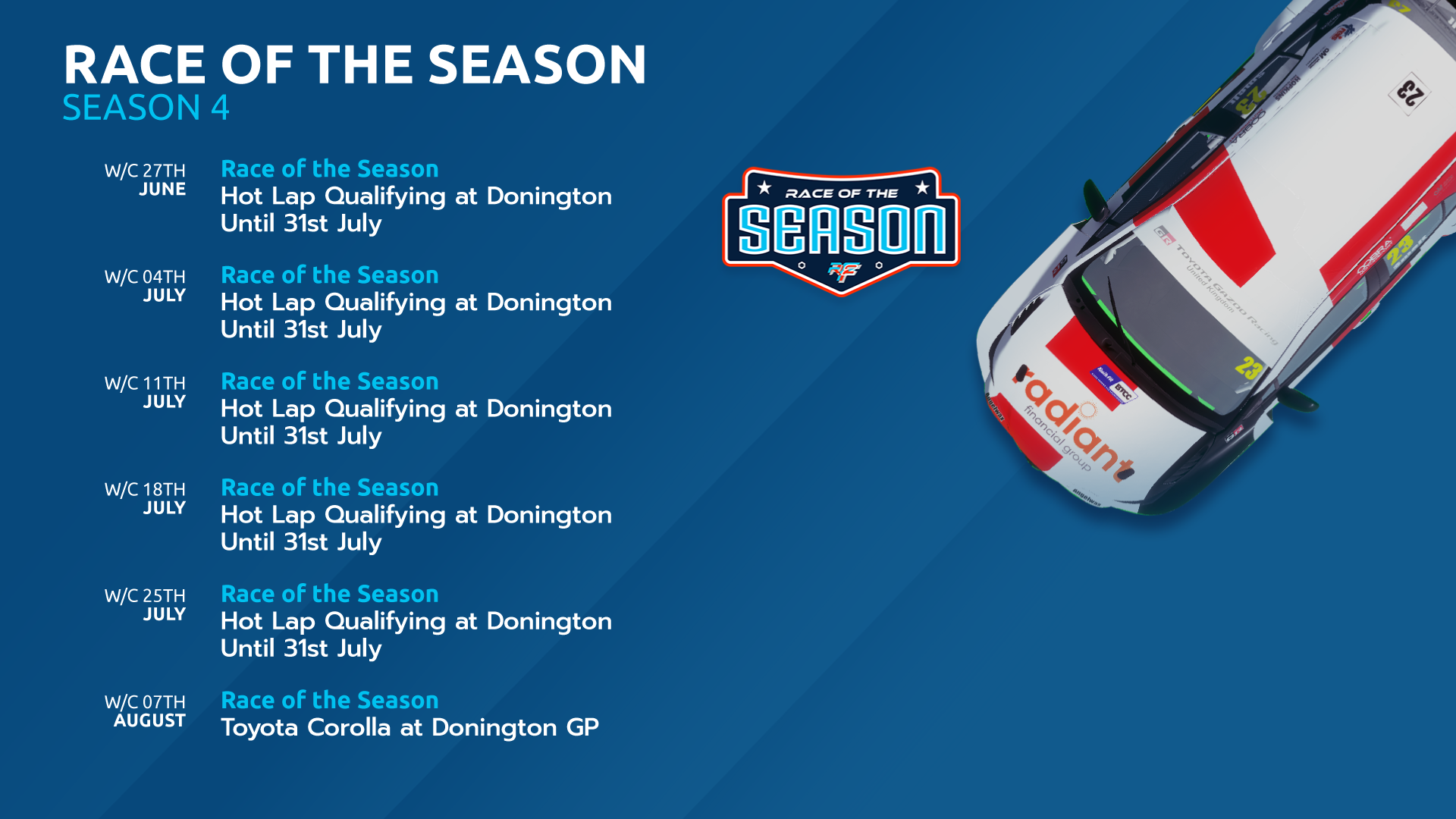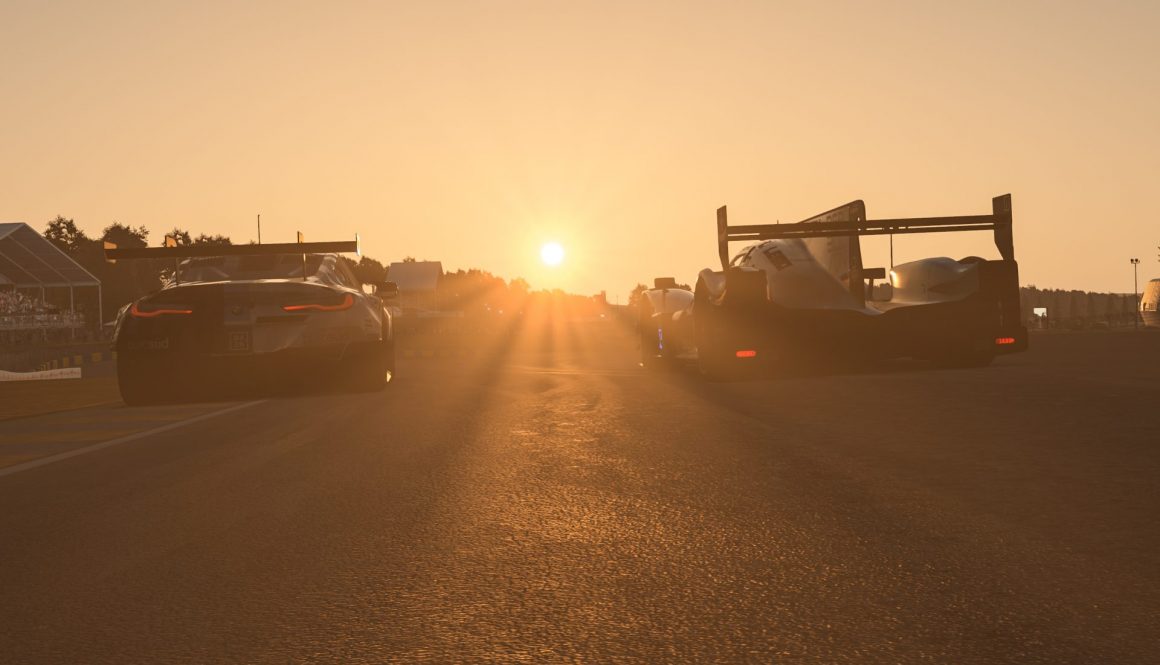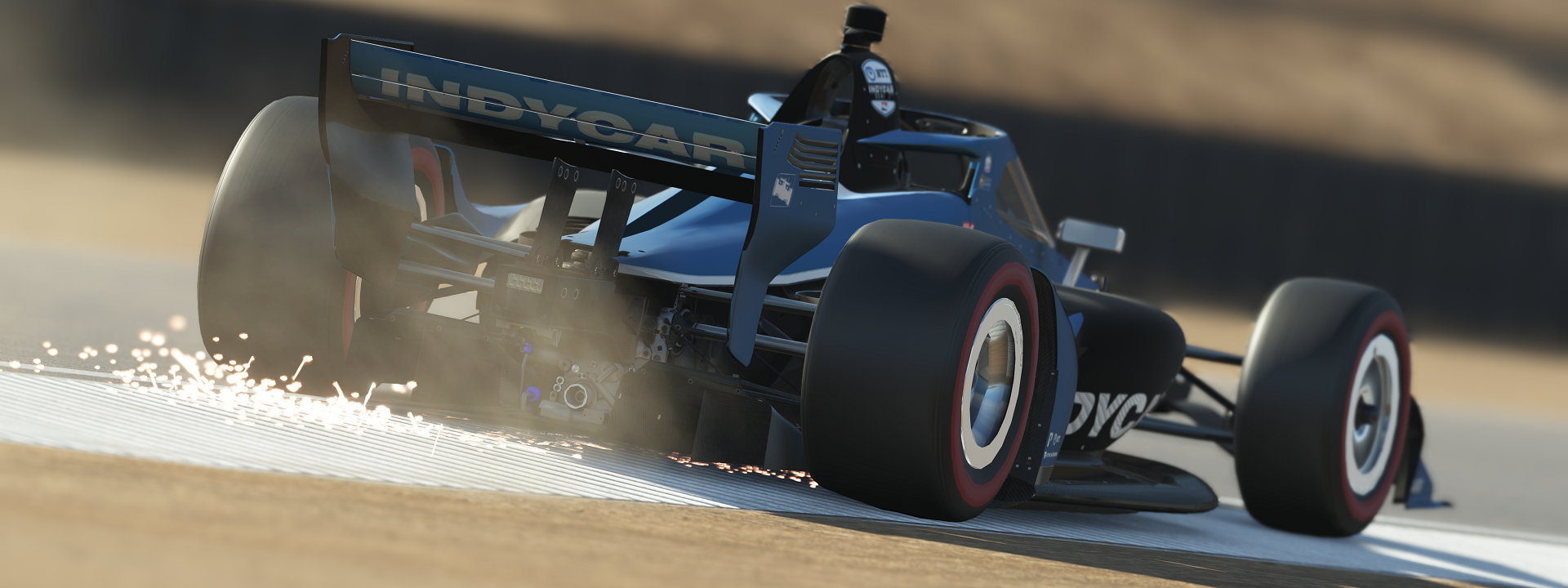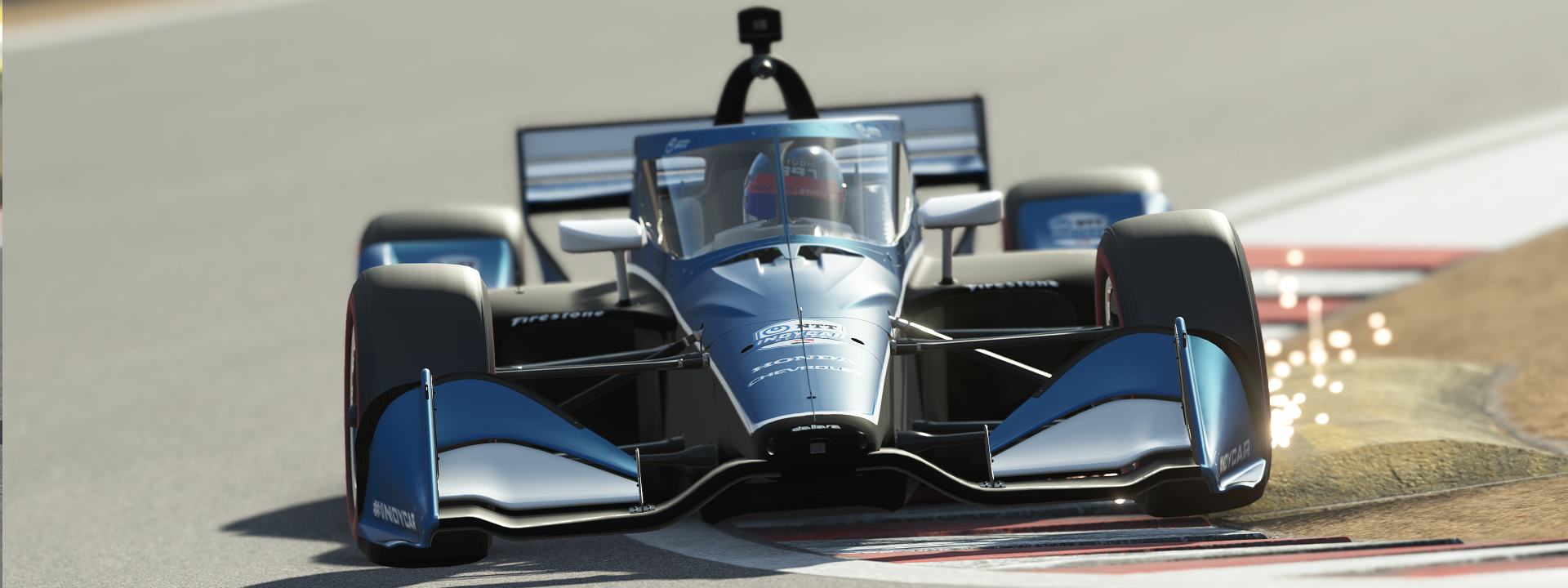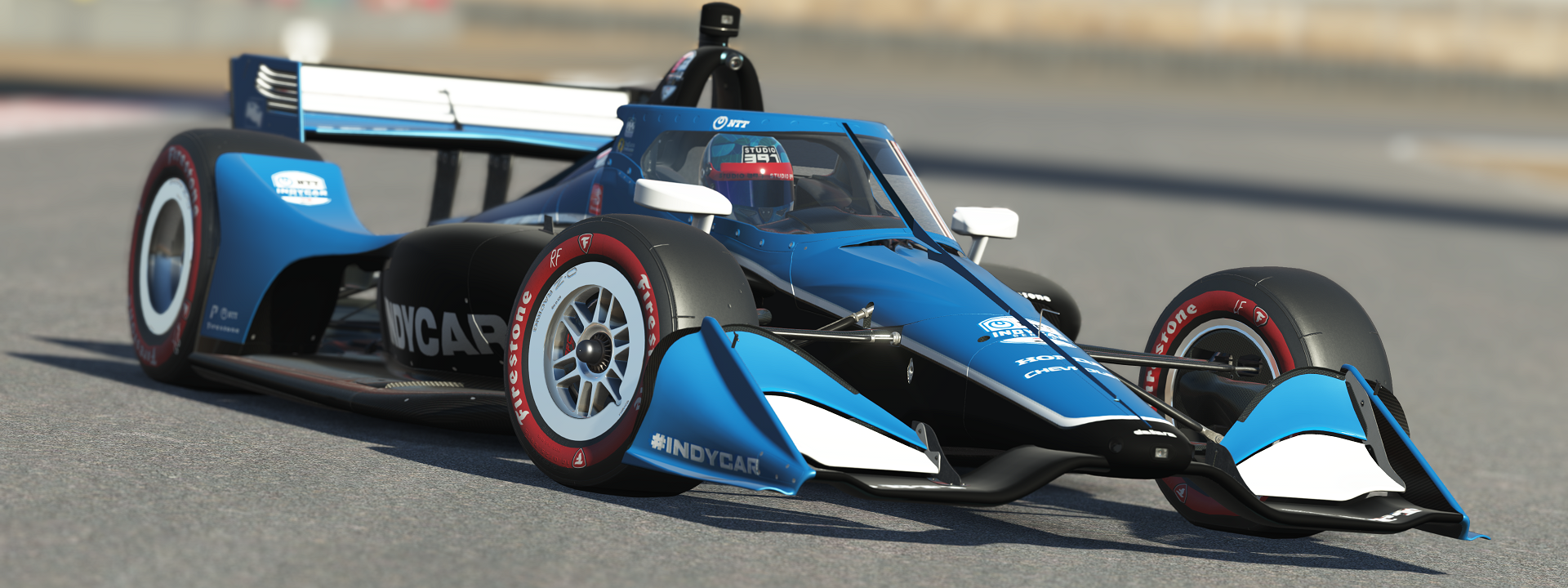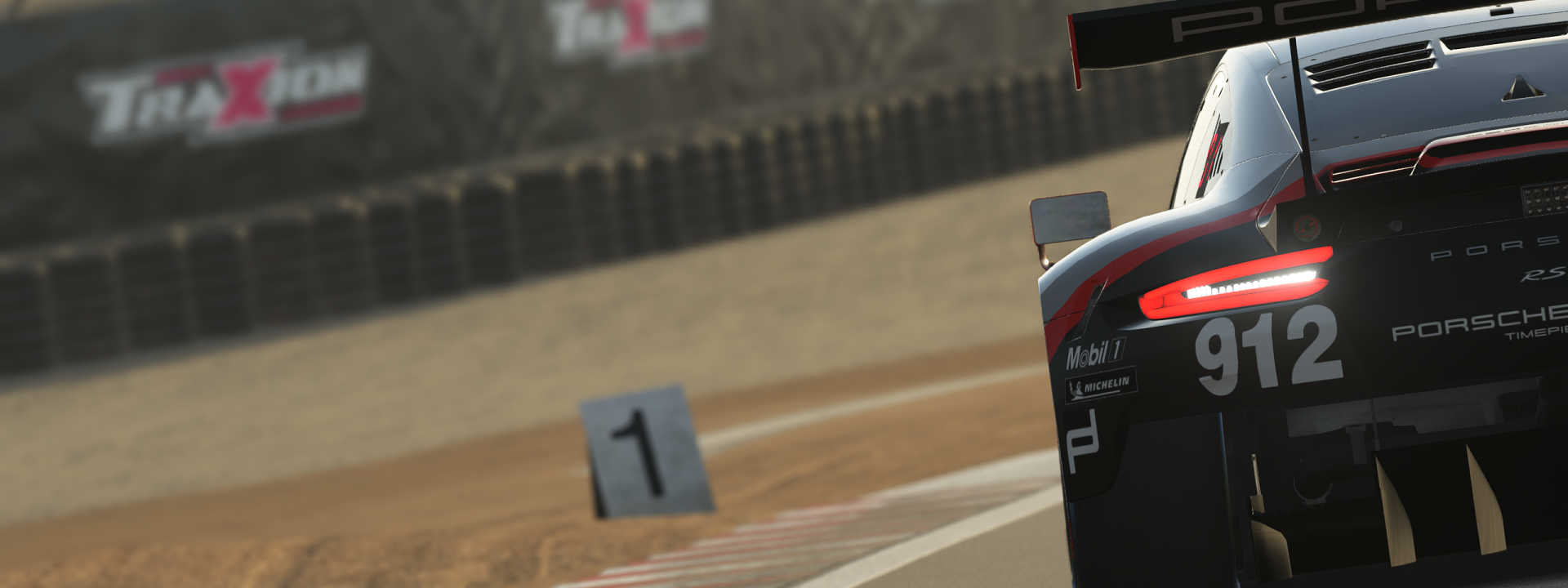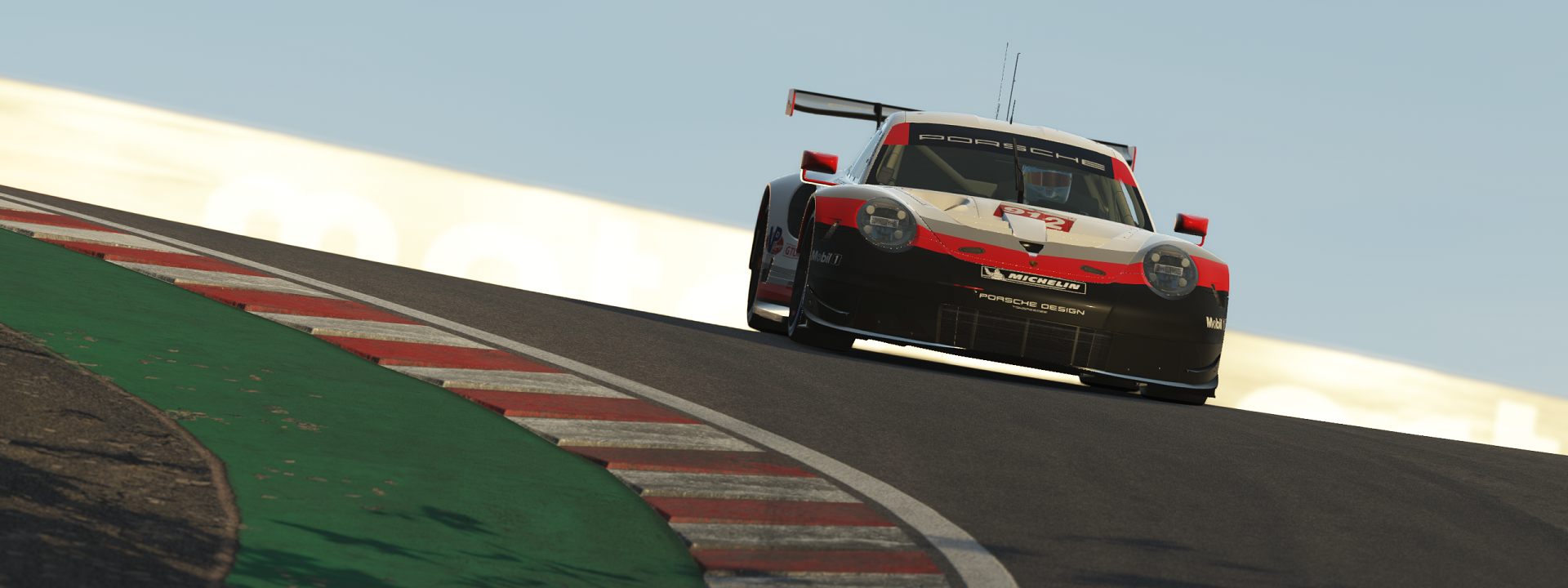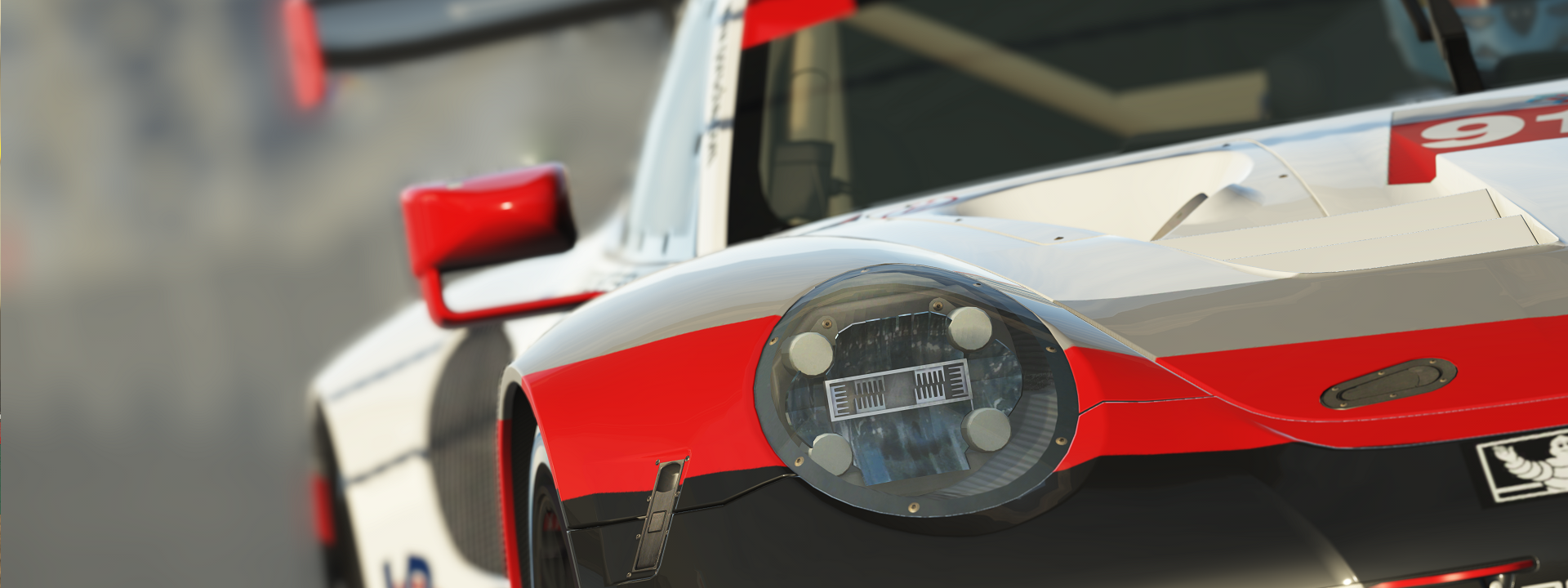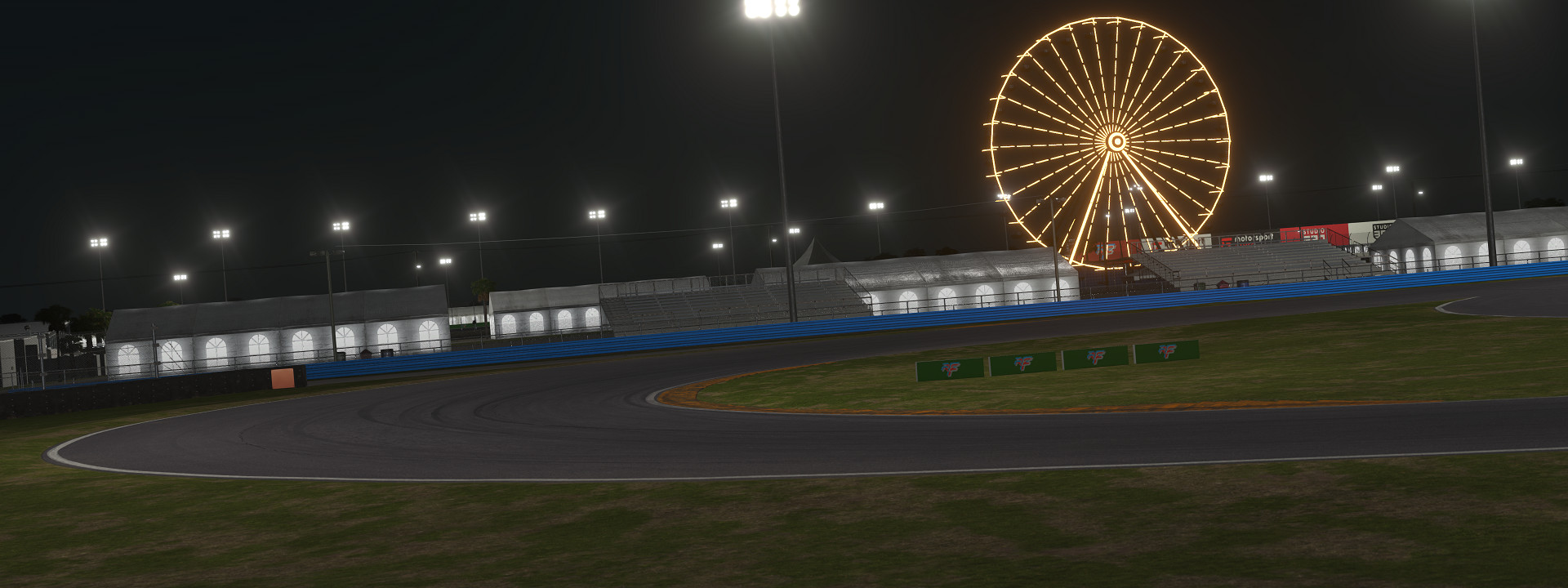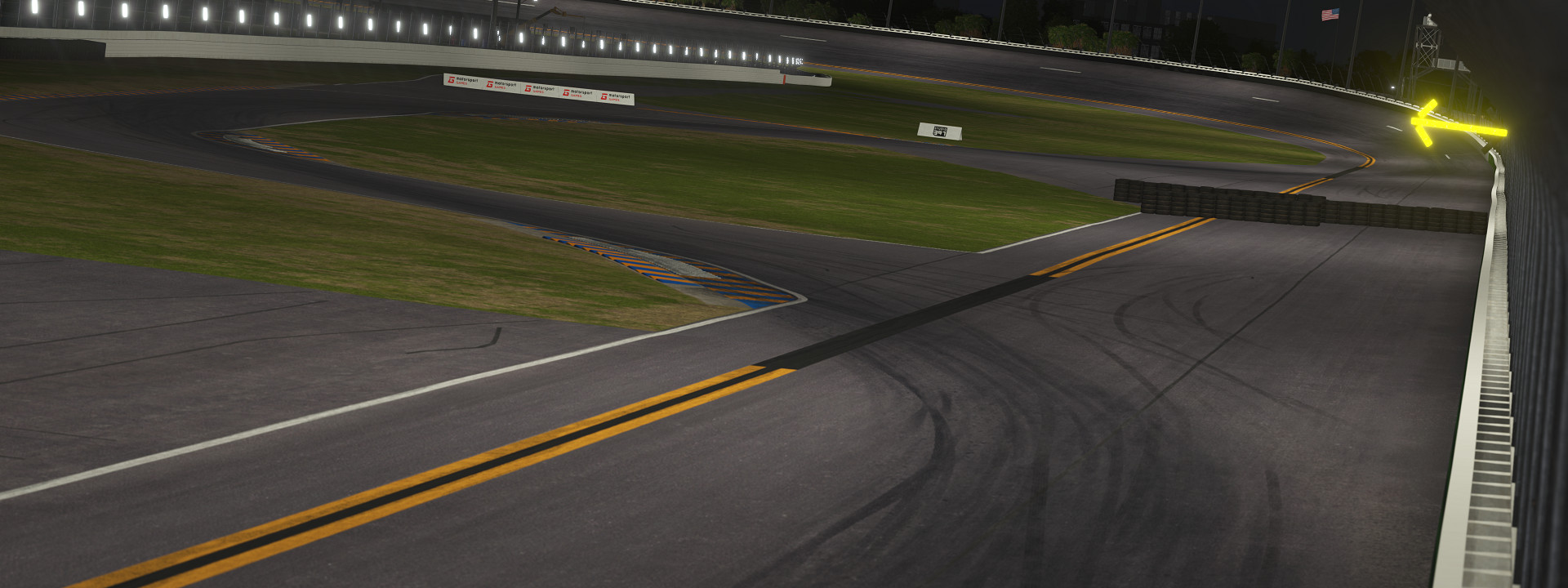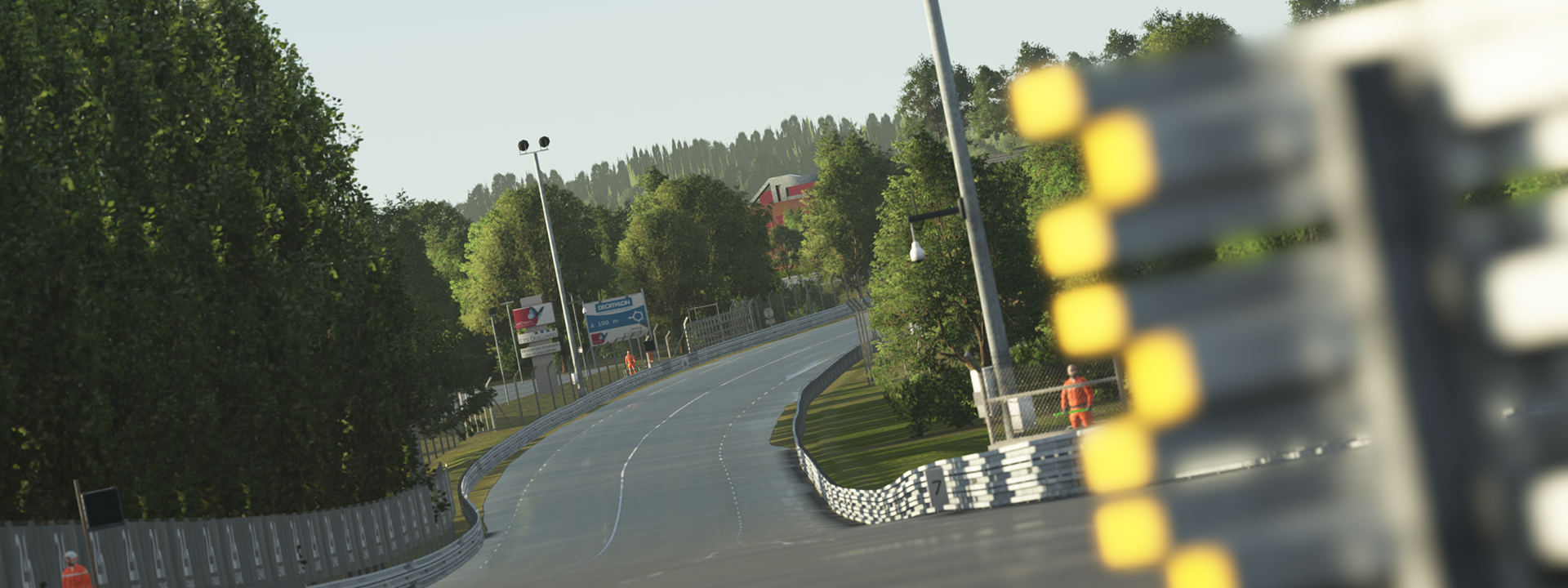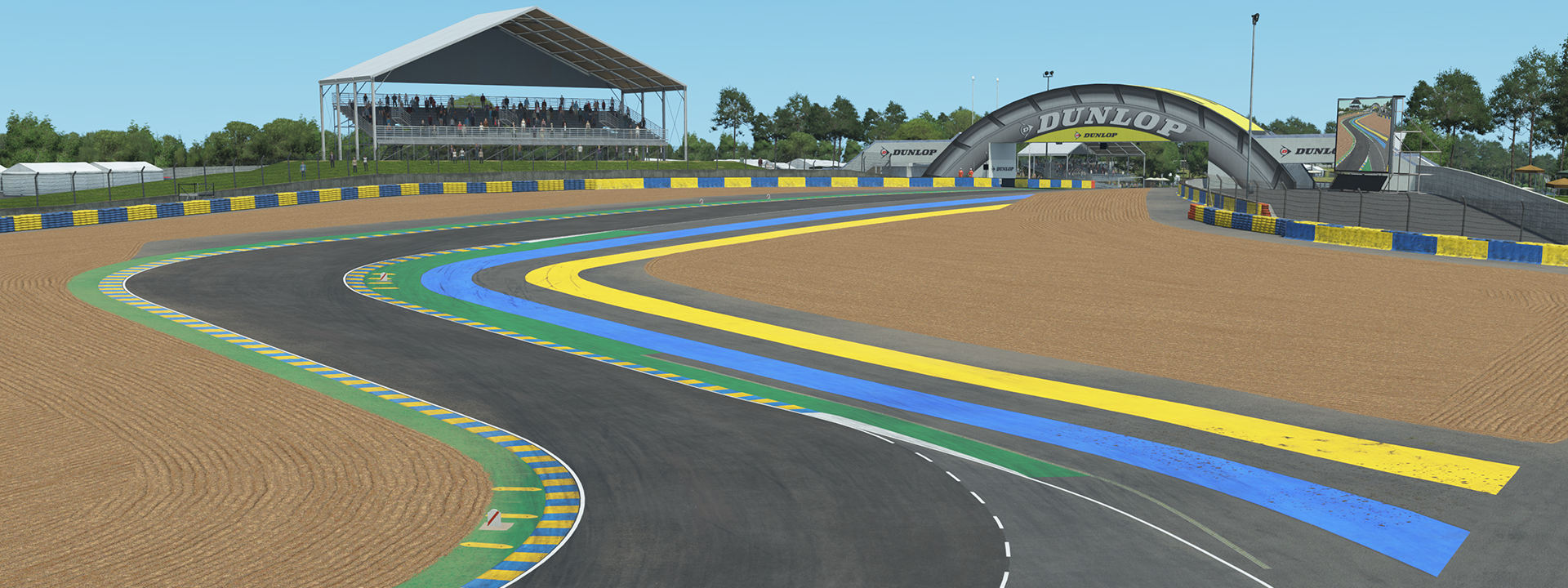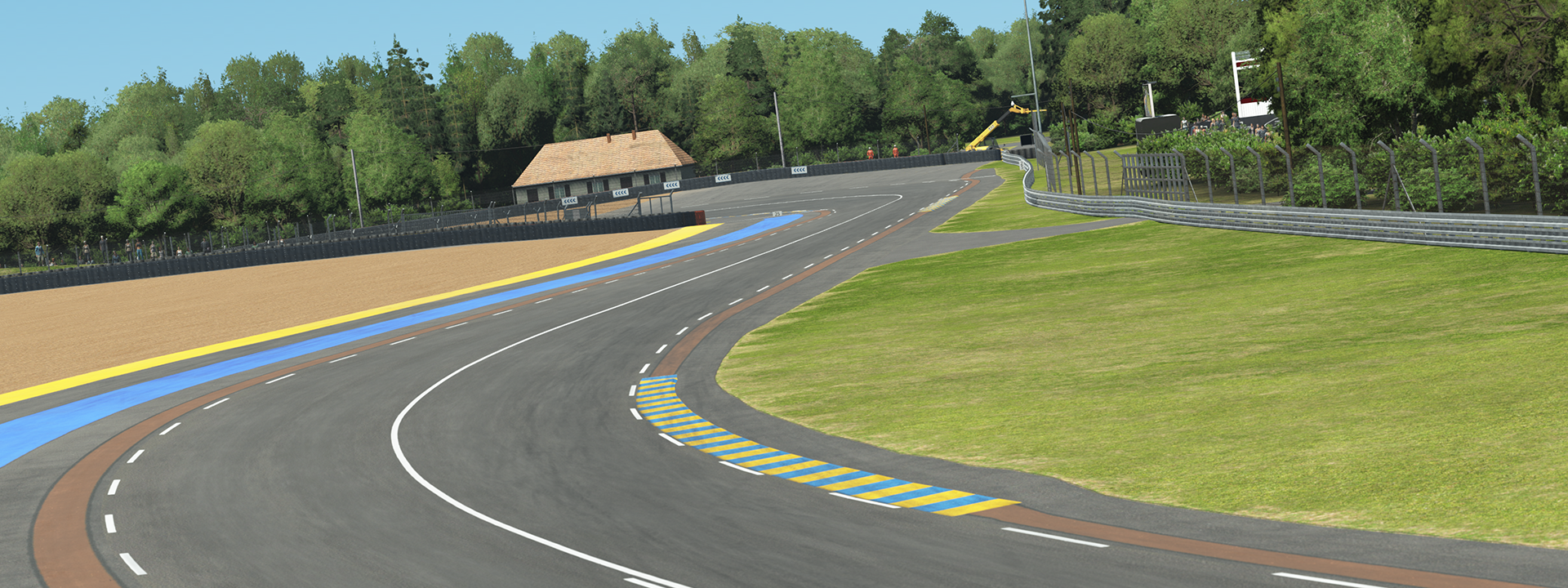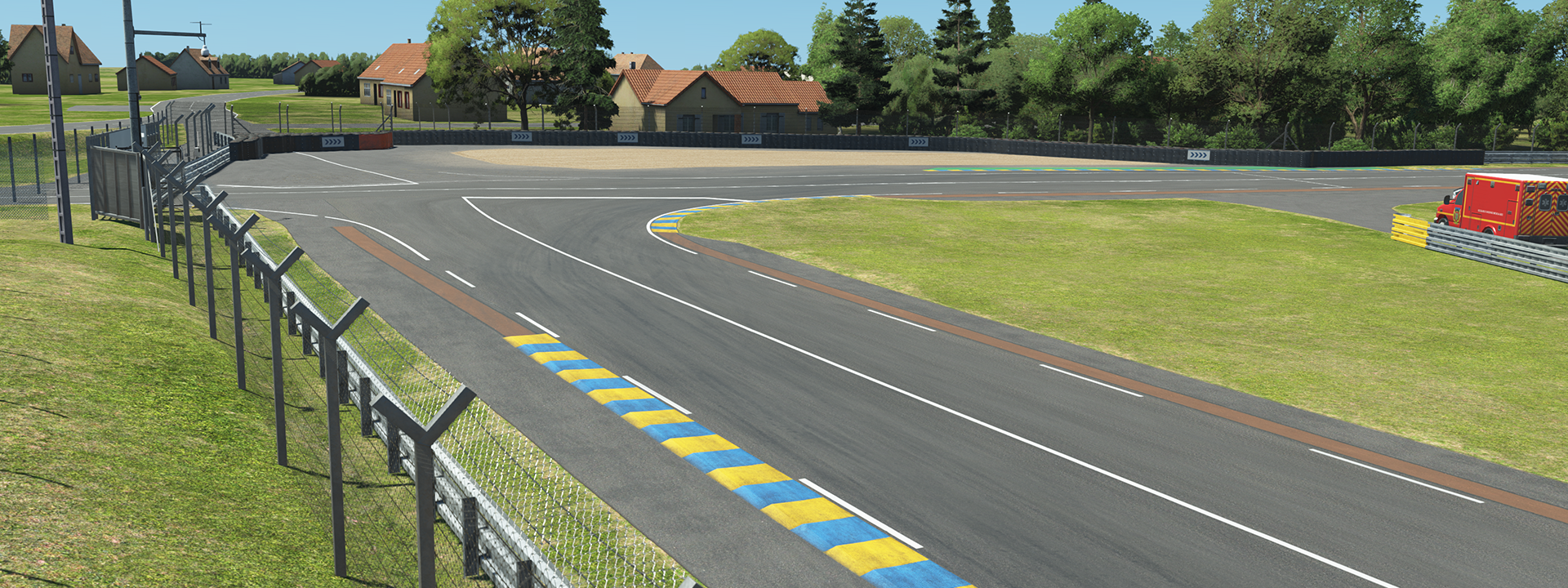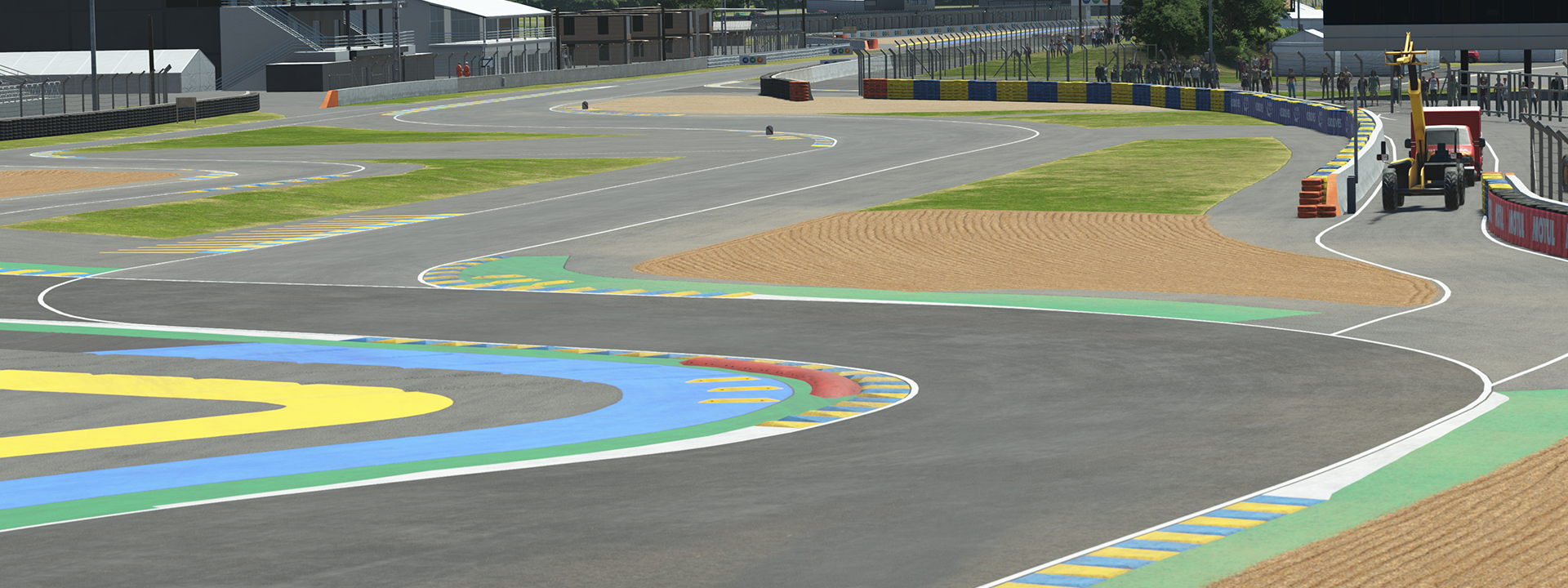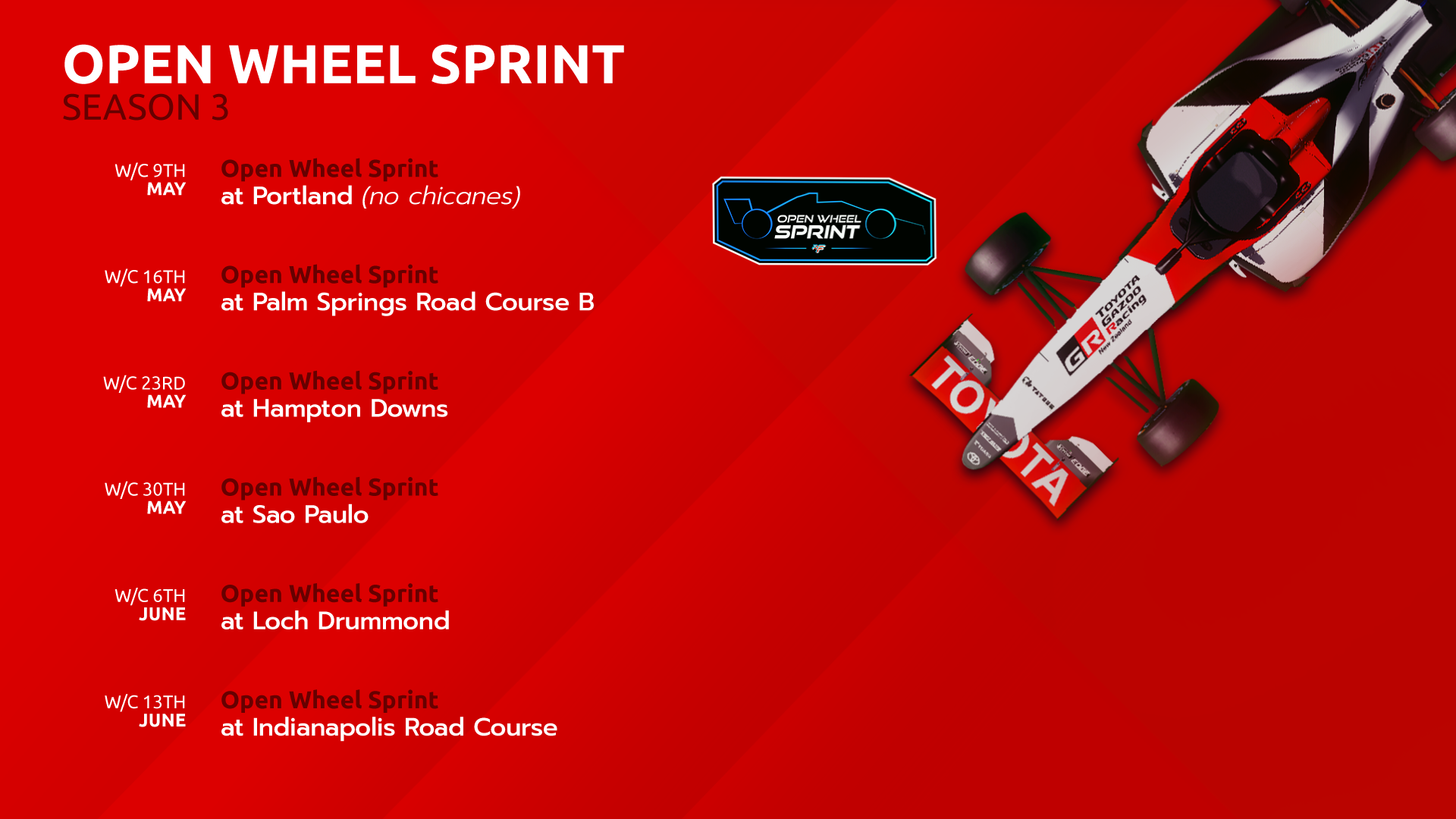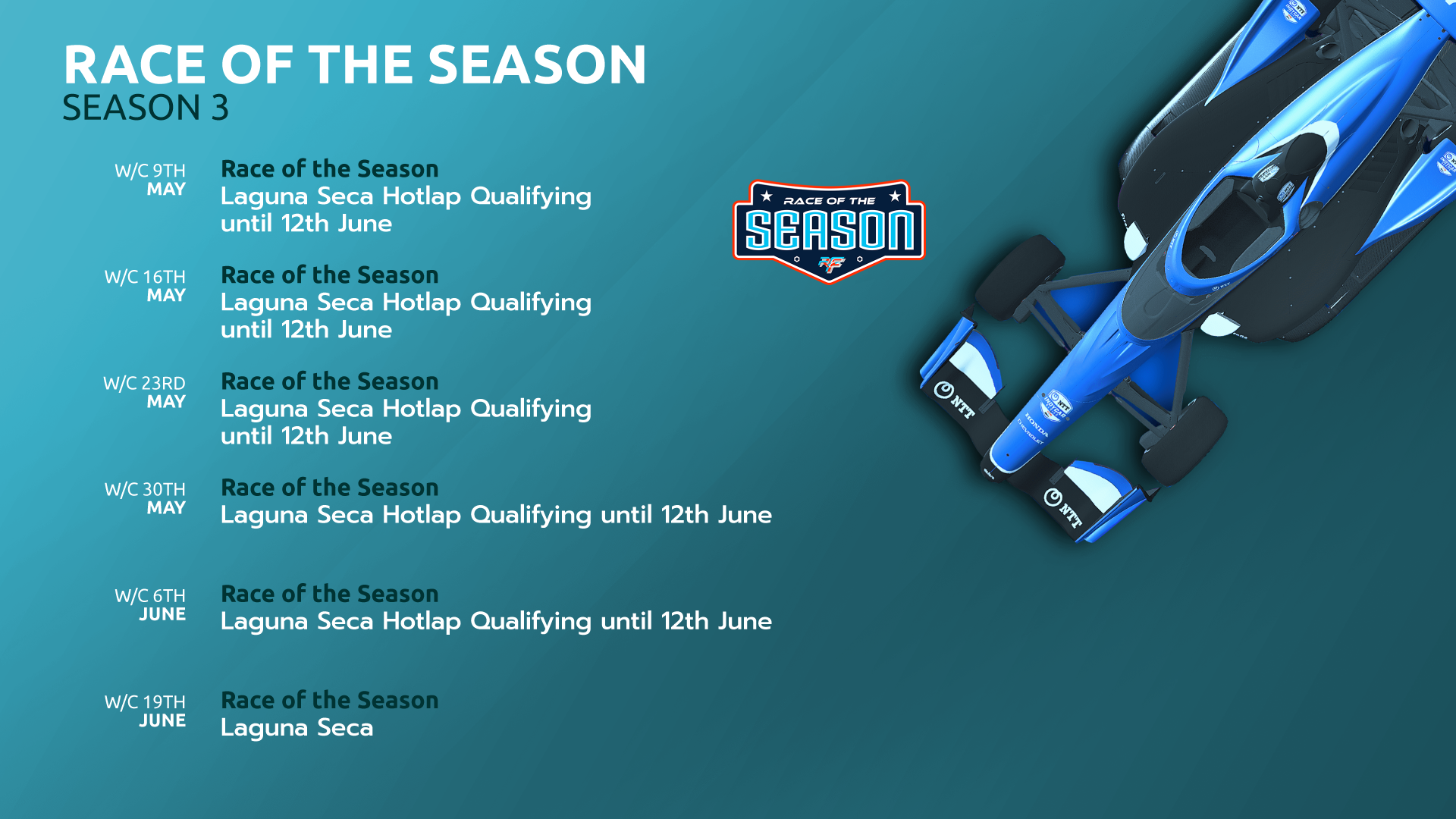Announcing World Wide Technology Raceway
Hello sim racers!
The first reveal of the Q3 2022 Content Drop for rFactor 2 is here – World Wide Technology Raceway!
A brand new laserscanned circuit and something a little on the different side, WWTR, or Gateway as it is known in US motorsports is a 1.6 mile American road course built within the infield of the oval layout, based just east of St. Louis, Missouri, in the United States, close to the Gateway Arch.
As part of this new release, we have laserscanned and created both the oval and road course configuration of this interesting little American track, so whatever your vehicle preference, Gateway should allow you a perfect playground to get out on the tarmac and have yourself some virtual racing fun.

The Track
T1 & T2

Turn 1 on pretty much any roval course is always an interesting high speed affair, and Gateway certainly continues that theme with the challenging run down into the opening braking zone of this short lap. Approached at maximum velocity from the start finish stretch of the original oval layout, here drivers need to first negotiate the moderate left-hand kink down past the traditional oval apron, juggling braking and car positioning, before rolling to the outside line and aggressively reapplying the brakes in order to slow the car and launch into the second corner of the lap. Realistically, T1 and T2 are intrinsically linked together and are approached as a single entity, get the first part wrong, and it’s likely you will find yourself very quickly running out of racing room as we approach part 2.
T3 & T4
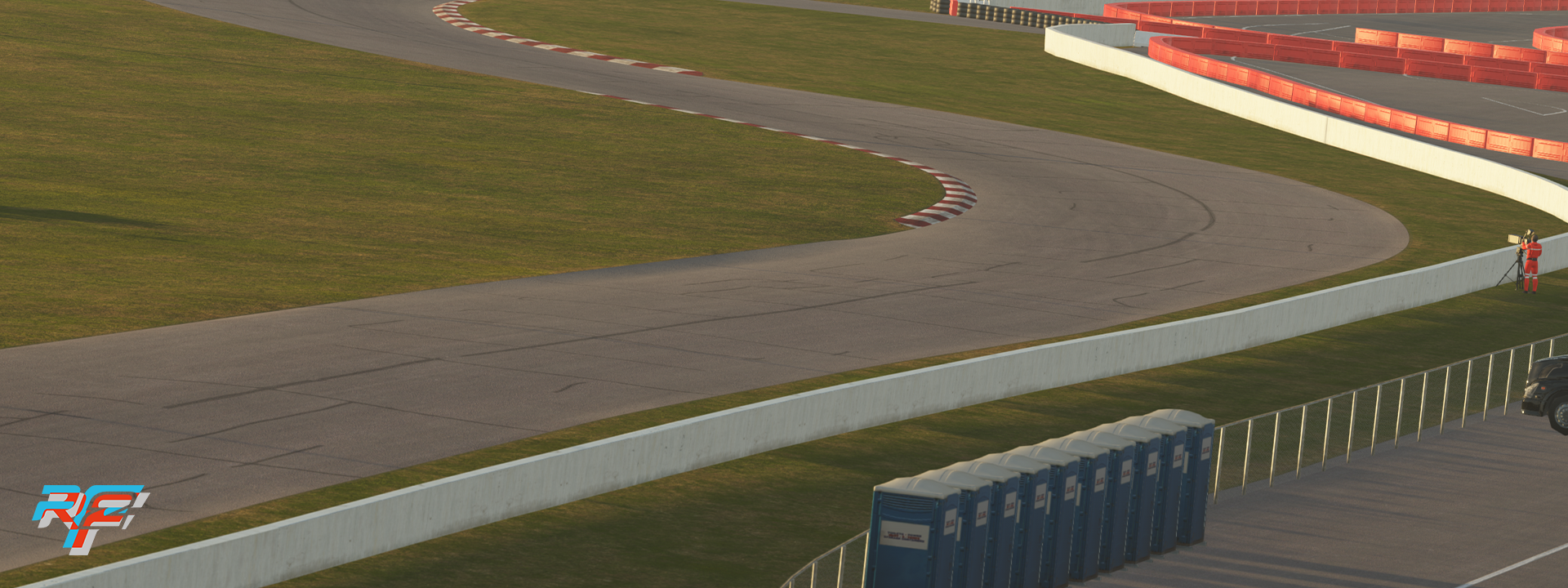
Having successfully made your way through the opening encounter, the next big event of the lap is the first of two very, very high speed chicanes here at the World Wide Technology Motorsports Park circuit. Requiring a healthy handful of commitment and bravery, turns 3 and 4 can be taken surprisingly quickly if you are willing to get up close and personal with the steep curbs that mark out the corner limits – get it wrong here and drop a wheel on the grass, and be prepared to spend a lot of time trying to gather the car and keep yourself on the grey stuff – it’s a much more difficult section of track than first appears, and critical to the overall prospects of securing a strong lap time.
T5 & T6
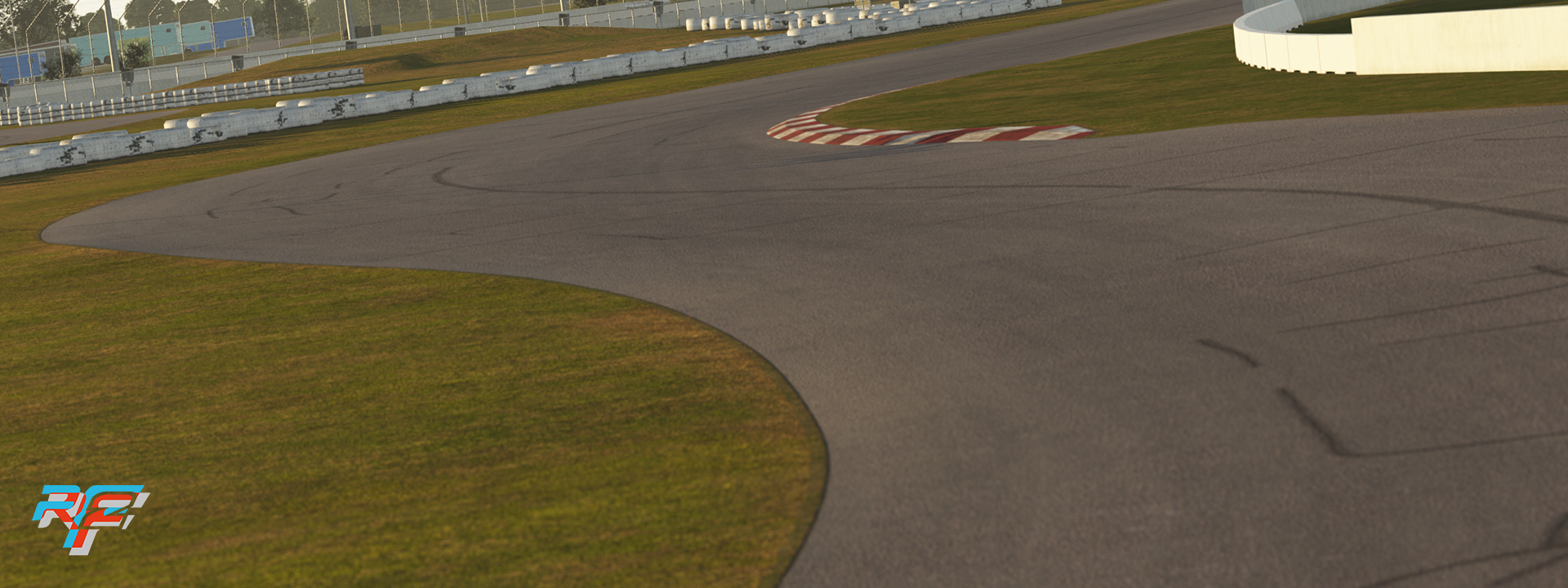
Similar to turns 3 and 4, yet in reality completely different in nature, the next section of the lap is another very fast left / right chicane – but this time approached at considerably higher speeds, and with an interesting catch right at the end of the segment. Approached flat chat, here the driver needs to begin a gradual deceleration phase halfway through the sequence, balancing the car and your commitment in order to prepare yourself for the most difficult corner of the track – turn 7.
T7

Having worked your way through the proceeding chicane, drivers are then immediately thrown into the seemingly never ending Turn 7, gradually winding on the lock whilst trying to bleed away excess speed without inducing too much of the dreaded understeer that can quickly push you too far out to the outside of the turn and into the inevitable grass tracking excursion and eventually the wall.
Good car balance and a willingness to thoroughly understand the limits of your available grip are critical ingredients for a strong run through this part of the track, leaving you with an incredibly satisfied feeling should you get it right, and firmly frustrated when things go wrong. One of those corners where things seem to go well every other lap at best, compromise is the name of the game here, and minimizing the losses when the inevitable mistakes happen over the course of the stint.
T8
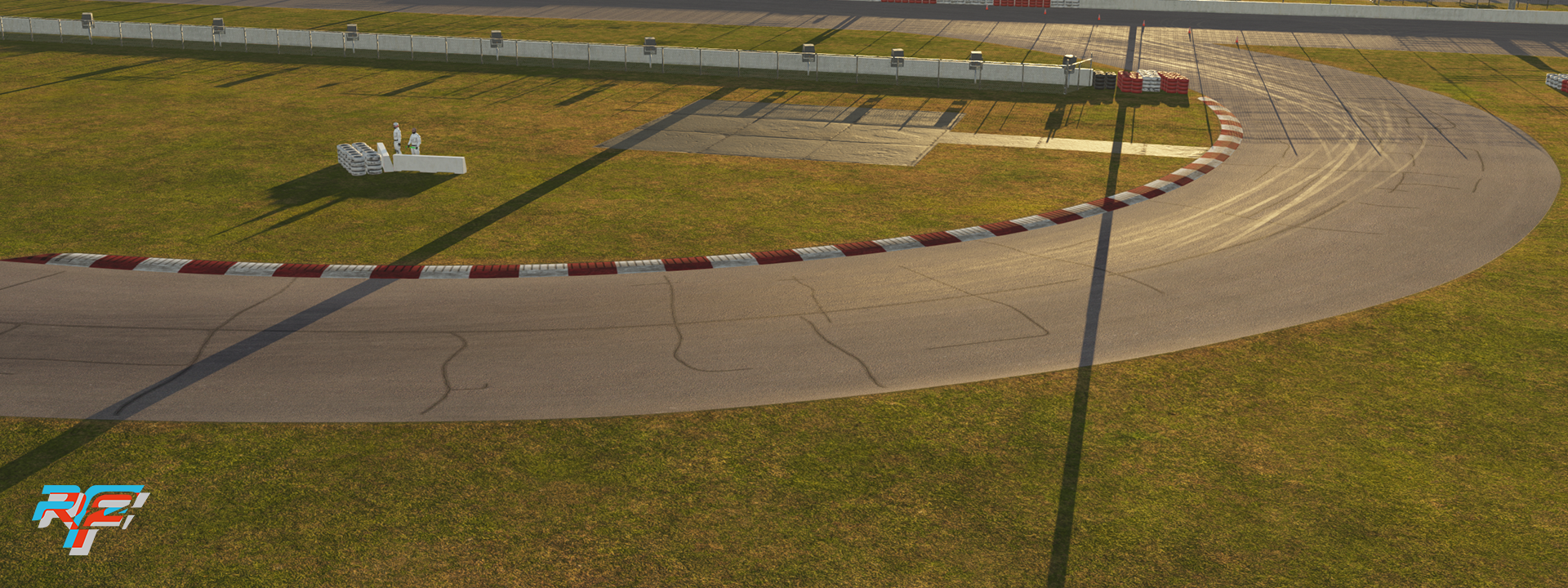
Turn 8 should be considered the most important corner of the lap here at Gateway, as this is the final part of the infield course that leads out onto the oval layout – and with it a prolonged period of flat out driving as you race towards the start / finish line to begin yet another lap of the Missouri venue. Despite being technically considered a hairpin, Turn 8 is deceptively long and offers a couple of realistic lines for drivers to take. Do you go into the corner high and aggressively come back down onto the apex, or does your car respond better to the lower line and drifting up to the outside oval retaining wall when hard on the gas? Interesting options, and a critical decision point in order to maximize acceleration and speed as we head out onto the oval portion of the lap.
T9 & 10
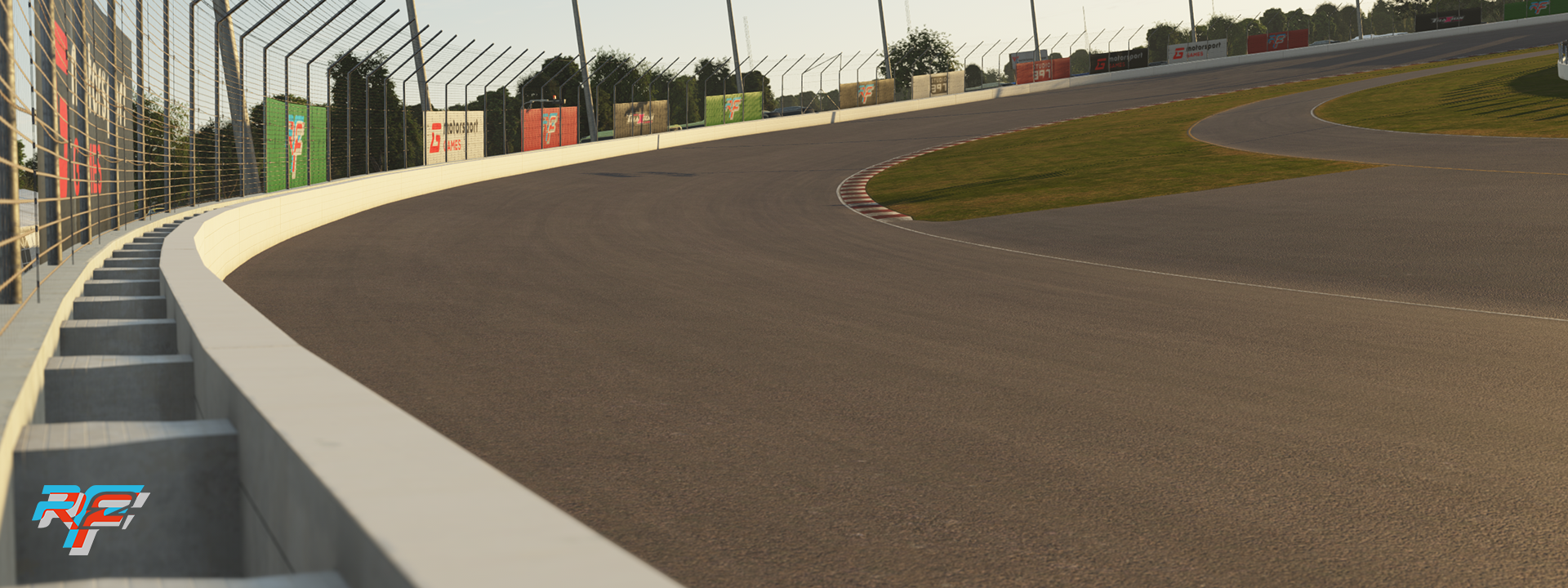
Turns 9 and 10 of the road course are in effect turns 3 and 4 of the oval, and depending on the car and grip underneath you, should be a fairly simple case of keeping the loud pedal firmly to the floor and charging onwards towards breaking the timing beam at the end of the lap. These two oval corners are of course vitally important to the overall lap time here at Gateway, and will likely be the main part of track that drivers have accounted for when setting up their cars in the garage. A good run through 9 and 10, plus a healthy slipstream from a rival car ahead, and you should be perfectly positioned to have a look at making the overtake into the first (actually second) corner into the braking zone – be aware if you are the lead car in this situation, as defence here is almost impossible – making you something of the sitting duck as you start another lap of this surprisingly interesting little venue.
So, there we have it – the first reveal of the Q3 update and content drop for rFactor 2 is here and ready to go! Something a bit different for sure, and a track that in either oval or road course form should provide a healthy handful of thrills and spills for our sim racing community here at rFactor 2 – we can’t wait for you to give it a go for yourself.
World Wide Technology Raceway – Coming soon to rFactor 2


